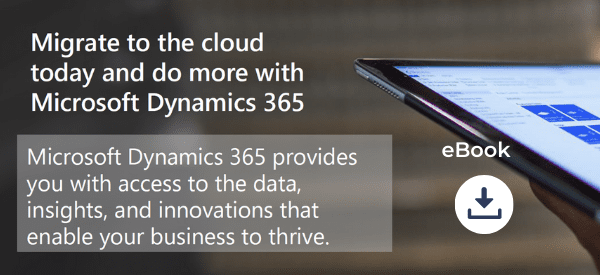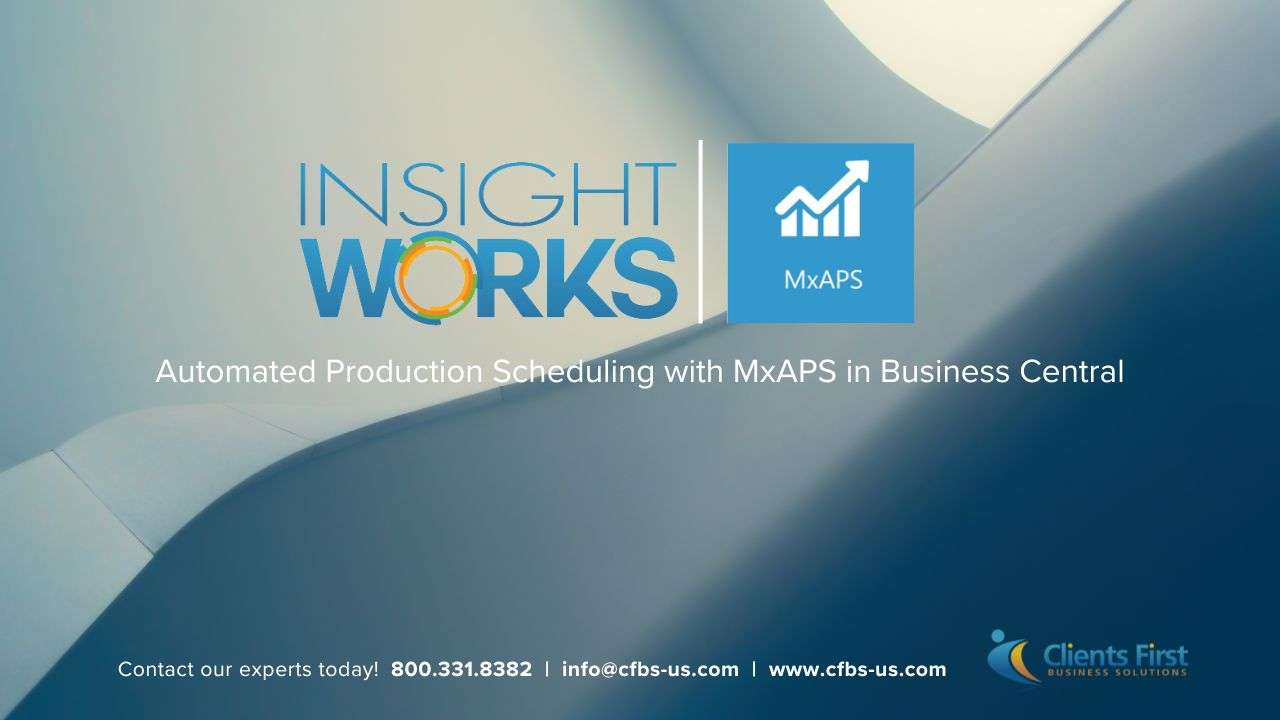DYNAMICS 365 ERP CLOUD VS. ON PREMISE
The all-important Install.
If you like wizards, the Cloud install incorporates a wizard type checklist which takes about 15 minutes to fill out and initiate the deployment. Once deployed, Microsoft will have your sandbox environments ready for you within 24 to 48 hours. You need to go a little more in-depth for the production environment by providing information including transaction volume in each area of the business and reporting back to Microsoft for production sizing. Conversely, an on-premise install is done through PowerShell scripts and manual configuration, so no wizard helping guide you, then the initial deployment, hardware environment configuration, and troubleshooting can range between 30 to 40 hours of consultant hands-on time.
Cloud wins.
Control.
Well for those of us that are control freaks this can be a huge consideration. Basically, with the cloud, Microsoft manages all hardware, server configs, and sizing, so they are in control, but that might be best and easiest for your business model. But remember if it is in the cloud then Microsoft manages the production environment, not you. So, it is critical, to be honest about your level of trust and where and how you want your data stored. Once an on-premise installation is complete, you have more control than the cloud-based version, and conversely, Microsoft has less control.
On-premise wins.
Enterprise level Infrastructure.
Microsoft deploys the Dynamics 365 for Finance and Operations production environment with high availability and redundancies which allows them to offer customers their SLA of 99.5% uptime. On-premise is designed with the same level of redundancies, but it is up to the customer to implement and manage these environments and no SLA’s are offered by Microsoft. So, they are neck in neck on this one with one somewhat significant caveat, the on-premise can tend to get quite expensive because of required hardware and software which would be included in the cloud subscription price. So on day one, the cloud is definitely less expensive, but after a period of time, it may be less expensive on-premise versus paying for the cloud subscription.
Tie.
Feature differences.
There are some differences between the features offered in the Dynamics 365 for Finance and Operations cloud versus those provided on premise. The most notable of these differences is that on-premise does not include Power BI support, SOC 1 Type 1 certification, retail, cost accounting workspace for a mobile app, task recorder or the help feature along with a few other items. To review the complete list of differences try this site: https://docs.microsoft.com/en-us/dynamics365/unified-operations/fin-and-ops/get-started/cloud-prem-comparison
Cloud wins.
System requirements for a successful install.
The cloud will not need as much in the way of local server hardware, but there are still system requirements to take into consideration. For instance, it is necessary to understand your subscription level and the instances you have available to configure and deploy in the cloud. You will need to test your network latency and bandwidth to ensure proper performance for your users and the web browser chosen can affect the user experience.
The above cloud requirements also hold true for on-premise, plus much more. You must ensure your hardware is sized appropriately, and your software is licensed correctly. There are also several certificates that must be acquired to secure the environment and the data. When looking at server requirements for an on-premise installation, you can expect a minimum of 25 to 30 Windows servers to host a sandbox and production environment. These machines include SQL Server Standard edition (SQL Enterprise is better suited for a production environment due to the High availability configuration requirements), AOS servers, Management Reporter Servers, SQL Server Reporting Server, Encrypted file storage, Active Directory Federation Services (AD FS), and Active Directory servers.
While there are several ways to configure hardware and software for a deployment, following the suggested guidelines can make your life a lot easier as the provided deployment scripts are designed to work with the recommended system requirements.
Both Cloud and On-Premise deployments require you to provide a dedicated development instance for each developer. These can be hosted in Azure, or you can download and host on local hardware. Developers will also require a licensed copy of Visual Studio.
Cloud wins.
Cloud:
Suggested technologies to know or be familiar with for a successful installation:
- Life Cycle Services
- Office 365 (Word, Excel, Outlook)
- Web Browsers
- Azure Active Directory for user setup
- Azure hosting for developer instance(s)
- Visual Studio Team Services for developers
- PowerShell for administrators
On-Premise:
- Life Cycle Services
- Office 365 (Word, Excel, Outlook)
- Web Browsers
- Azure Active Directory
- Azure hosting for developer instance(s) or virtualization for on-premise virtual images
- Visual Studio Team Services for developers
- PowerShell
- Server virtualization
- Windows Failover Clustering
- SQL high availability
- Group Managed service accounts
- Firm grasp on certificates and how they are used to secure environments
- Service Fabric
- AD FS
- DNS
- Active Directory
- File Server security
Cloud wins.
Preparation for a successful install.
Regardless of whether you decide on the cloud or on-premise as a better fit for your organization, there is going to be a lot of work that goes into making informed decisions. Decisions about initial requirements and how the ERP fits with your current organizational structure, required customizations to fit business processes, configuration setups, preparing and importing the necessary and correct data, and so on. With so many requirements it is imperative to select an implementation partner to work with from the beginning that you and your team can trust and efficiently communicate with. Creating a project team that includes Subject Matter Experts (SMEs) from your organization and including your partner at every step of the way will help ensure a successful implementation. Every implementation has its bumpy bits of road but having the right team from the beginning will help avoid many costly and time-consuming mistakes and save a lot of headaches.
With preparation, teamwork, and communication, everybody wins.
So, the answer of whether the cloud or on-premise is right for your business may still not yet be clear but hopefully with a little more research and a candid look at your organizational structure and processes weighing the options should be a little easier. An implementation is a long term, business and life changing commitment and the options should be vetted thoroughly.
Need help with your Dynamics 365 Business Central or 365 for Finance and Operations? Reach out to Clients First at 800.331.8382 or email info@cfbs-us.com. Clients First is a Gold CSP and ERP Microsoft Partner.





